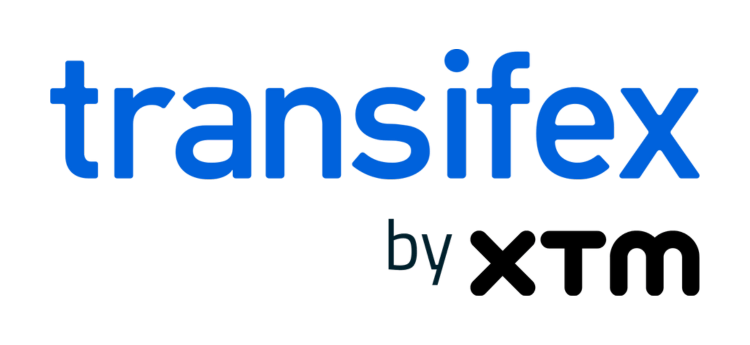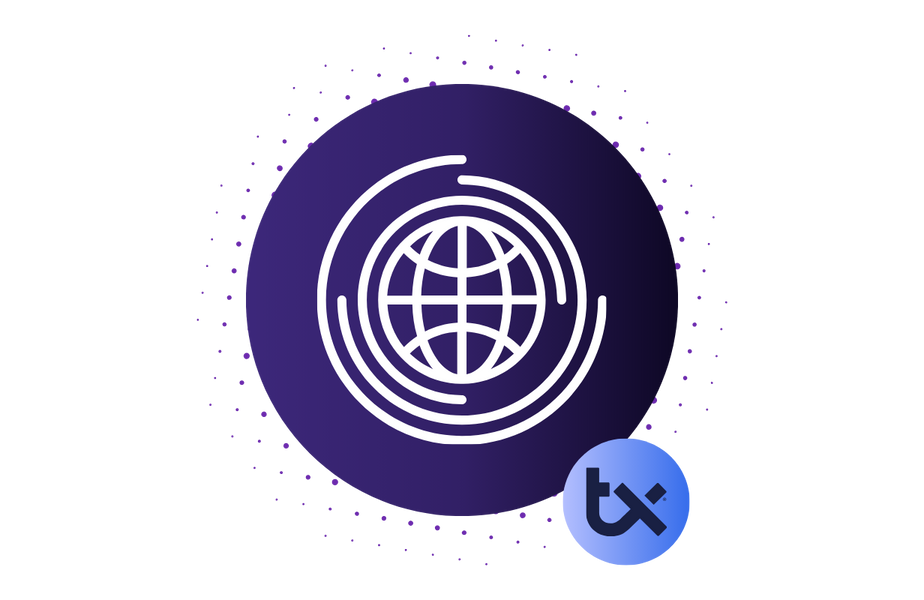So, you’ve established a successful business in your home country, and now it’s time to branch out into new markets. International expansion seems the logical next step—but first, you need to understand the barriers to market entry in a particular market.
In this post, we’ll explore some common barriers to market access in international trade and show you the best ways to overcome them.
What is a barrier to market entry?
A “barrier to entry” describes any obstacle or factor hindering a business’s efforts to enter a new market. These obstacles can be financial, legal, cultural, linguistic, technological, or political, often creating high barriers to entry.
Natural barriers to entry are challenges that arise organically, such as the economics of scale. Artificial barriers relate to predatory pricing and high switching costs. Government barriers include regulations and restrictions on market entrants, such as import quotas and embargoes.
Many barriers to international markets involve customs tariffs, while non-tariff barriers (NTBs) describe any other type of trade barrier. These can include a lack of experience or technology, no access to raw materials, or the inability to find a favorable location.
You must research the country or countries you’re planning to enter. This will help you to understand the types of barriers to market entry—and how to overcome them—before you go ahead with international expansion. If not, you’ll struggle to get your products and services adopted by the new market.
Unexpectedly high costs and issues with importing goods could even lead to the collapse of your new business overseas.
What are some examples of barriers to entry?
Barriers to market entry can vary between companies, and certain industries have specific obstacles. New entrants will need to compete with established brands for market share, often facing these difficulties in attracting customers.
Here are some of the most common examples of entry barriers.
Cultural and language barriers affecting communication
You may be planning to enter a market in a country that shares your language and has cultural similarities. But differences can be subtle, so no matter which region you choose for expansion, you’ll need to be aware of any potential communication difficulties.
For example, colloquialisms, idioms, slang, and jokes may be easily understood in your country but not in another. At best, this could lessen the impact of marketing materials. At worst, it could offend and damage your brand image before you even start.
International regulatory laws, licensing, and industry standards
Governments may restrict entry to potential entrants by mandating strict licensing requirements, imposing sanctions like quotas and embargoes, or even limiting access to raw materials. Often, this is to protect domestic firms and resources and promote fair competition.
Product standards concerning health and safety will also differ between countries, while some may ban the import of certain products completely. Packaging and labeling regulations and data protection laws can vary too. Of course, some industries will be more heavily regulated than others.
Access to capital and resilience to potential financial risks
Economic barriers to market entry are a lack of access to capital or, at least, enough capital to cover the high costs of launching into foreign markets. You may have to consider setting up a manufacturing plant, warehouse, distribution channels, and an on-site office.
Meanwhile, incumbent companies are already taking advantage of economies of scale—they have more financial resources and more resilience to risk. They don’t have to worry about fluctuating currency exchange rates or high tariffs on imported goods.
Brand loyalty and related customer switching costs
Existing firms in your target market will also already have built a recognizable brand and generated customer loyalty. So, you will have to work harder to promote the benefits and value of your product or service, which can be trickier in international markets and incur high marketing costs.
High consumer switching costs are another barrier to entry, especially if your own costs—such as tariffs—are forcing you to charge a higher price for your offerings. This, plus customers’ emotional attachments to existing products, makes it less likely they’ll switch to your brand.
Access to distribution channels and established networks
Incumbent firms locking you out of the market is a familiar theme—and it’s the same for distribution channels. Larger companies may have formed exclusive agreements with suppliers and shipping partners, giving them preferential deals and making it difficult for new competitors to enter the market.
Naturally, you’d like to use the most practical and affordable channels to distribute your wares, but instead, you’re restricted to more expensive and less logical pathways. This adds to your overall costs and may mean you can’t target your intended audience.
In other words, expanding your business internationally requires establishing strong local networks and distribution channels.
Consider investing in localization tools that can aid in this by enabling seamless communication with local partners and distributors through translated content and materials.
By providing localized and culturally adapted materials, you can better negotiate and maintain relationships with local stakeholders, ensuring your products reach your target audience effectively. Discover how Transifex helped Celonis build strong partnerships in global markets.
Limited technological access and knowledge
A lack of access to smart technology would hinder you in any market. Still, it can hold you back even further when you’re already facing the challenges of international expansion. Businesses with licensed proprietary technology or other intellectual property advantages are more efficient with lower production costs.
Limited knowledge is one of the biggest barriers to market entry, such as unfamiliarity with the preferences of your target audience or the business etiquette and political climate of other countries.
Pricing Challenges for new entrants
Established companies often benefit from economies of scale, allowing them to offer lower prices for their products or services. This can be a significant barrier to entry for new entrants, who might have higher production costs and limited resources.
During periods of good profitability, incumbent firms may even lower prices further, making it even harder for new companies to gain a foothold in the market.
Strategies for overcoming market entry barriers
The good news is you can take plenty of steps to mitigate these barriers. It just takes detailed planning and ensuring you’ve covered all bases before launching.
Ensure detailed local and international compliance
Compliance is one of the most important aspects. If you don’t fill out the necessary paperwork correctly and don’t adhere to the government regulations of your target country, you could be fined or see your goods held up at customs.
Staying compliant with ever-changing regulations across multiple markets demands a systematic approach. Localization platforms can assist with managing content updates and revisions, ensuring your product information, labeling, and legal disclaimers remain accurate throughout different regions.
Make sure you research thoroughly so you don’t get caught out. Put new protocols in place for your business, with workflows to make sure every box is checked. It’s also worth training your staff in local and international compliance.
Partner with local experts to overcome cultural challenges
By deepening your cultural intelligence, you can not only engage better with international audiences but also avoid causing offense. The best way to do this is through strategic localization and the use of intelligent Translation Management Systems (TMS) that empower you with automation tools to create content aligned with local cultural nuances, consumer preferences, and behaviors.
In other words, it’s not just about translating product descriptions and ads—you’ll need to also localize your content to truly resonate with global audiences. Through Transifex’s AI-powered localization hub, you can find experienced linguists and in-market experts or leverage Transifex AI to create human-quality content that ensures your message lands with the intended cultural sensitivity and impact.
Manage economic risks with flexible financial strategies
International expansion is an inherently risky business, but you can manage those risks with smart financial strategies. For example, you could produce goods in the target market—perhaps in partnership with a local business—to avoid the need to import them.
You could also choose to sell products that are excluded from trade sanctions. Additionally, avoid high capital costs with short-term leases of premises and equipment or produce goods on demand. Lock in exchange rates, too, by using forward contracts or options.
Finally, make use of financial tools to forecast multiple scenarios. Financial modeling and software for cash management can help you forecast cash flow and plan for multiple scenarios, enabling you to stay agile. You might also hire a financial expert to help you navigate the regulations.
Conduct thorough and consistent market research
Before committing, it’s vital to make sure there’s sufficient demand for your business model in the competitive landscape and find the best ways to sell it to international customers. So, research industry trends, demographics, preferences, and pain points—how do these differ from domestic customers?
You may need to differentiate your offering with value-added features and competitive pricing. Consider developing a test product for market research, which will help you collect consumer feedback and plan your finances.
Invest in scalable technology and industry-standard systems
To meet the many challenges of international expansion, you’ll need advanced, scalable technology as you grow. It’s imperative that your systems can cope with increased order volumes, extra product lines, and overseas distribution, as well as international customer support.
You may want to invest in automated inventory control and order management software that can sync data with your eCommerce website, accounting system, and shipping partners. This will make your part of the supply chain more efficient and guard against errors and delays.
Make sure these tools are accessible from anywhere so your domestic and overseas warehouses and offices are viewing the same real-time data. Technology can also make it easier to manage a geographically dispersed workforce.
Key takeaways
If you’re considering international expansion, the barriers to entry can be daunting. High costs, regulatory barriers, and cultural differences are all challenging for new entrants—but it is possible to overcome them.
Identifying potential barriers is essential before any significant investment in premises, equipment, or product development. Conduct thorough market research to identify your target audience, gauge demand, and find a competitive advantage.
You’ll need to localize your online presence and marketing materials, as well as adjust pricing strategies. It can also be worth partnering with local experts and leveraging efficient technology to meet compliance requirements and keep the supply chain running smoothly.
Don’t let language and cultural barriers stall your global expansion!
Sign up for a free trial with Transifex and start your journey to international success.










